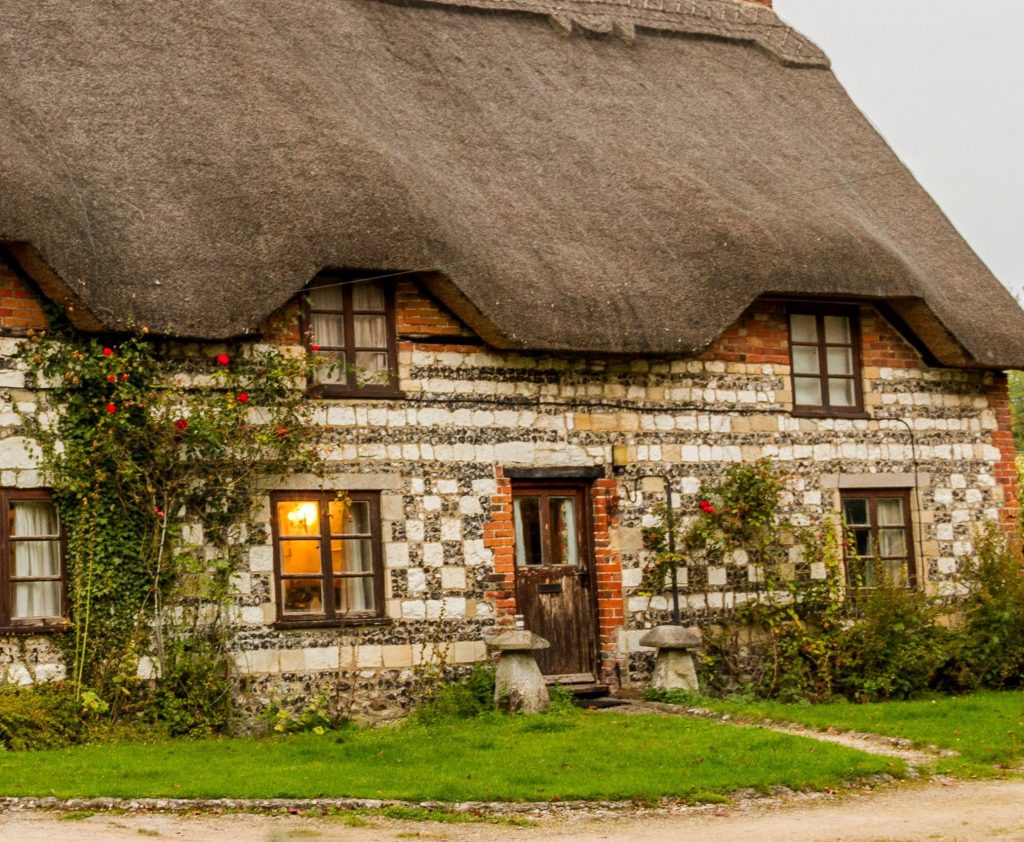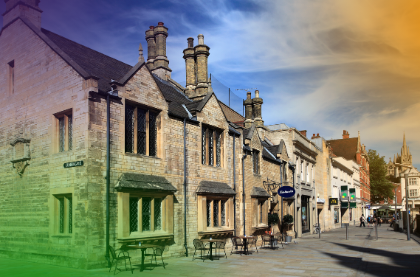
What's involved in buying a listed building?
Buildings all over the country are registered because they are of particular architectural significance. Many of these buildings are very old, quirky properties which showcase how we used to live in the past. Others are more modern, designed by a famous architect or an outstanding example of a particular style. Buying a listed building means getting something a bit special and certainly not lacking in character. A listed building does come with restrictions though, and it’s important to understand what you’re getting into.
What are the three different levels of listed buildings?
In England and Wales, there are three different levels of listing. Grade 1, Grade 2 Star, and Grade 2. Grade 1 properties are places of “exceptional interest”. There are not many residential properties in his category – it’s mainly reserved for buildings of national significance such as Liverpool’s Liver Building or the Royal Albert Hall. Buildings which fall into either of the Grade 2 categories aren’t quite on that level, but are still of historical interest. In Scotland, the system is similar, but Schedule A, B and C is used instead.
What are the legal implications when buying a listed building?
If you suspect the property you are buying is listed, or has been listed in the past, this should be mentioned to the lawyer while you are going through the conveyancing process. If you are unsure of the implications about owning a listed building, now is the time to ask. Your lawyer should check to make sure that any changes which have been made to the property have been made with the agreement of English Heritage, or the relevant body elsewhere in the UK. Issues around listed building consent and compliance aren’t always easy to resolve and can be expensive. If you discover lots of problems with the building you’re thinking of buying, consider seriously whether you actually want to go ahead.
Obligations when owning a listed building
Your obligations don’t stop when you’re the legal owner of the building. Most of us are aware there you can’t do whatever you want to a listed building without permission. That includes internal work as well as work to change the external appearance. If you’re planning to add an extension, put in new windows or even change the colour of your front door, you’ll need to speak to your local Conservation Officer first. Any changes have to be notified in writing, and before you start work, you’ll need to seek approval. If you go ahead and do work without permission, you could be fined, or forced to reinstate the original features.
Applying for consent to undertake works on a listed building
All of the forms needed to apply for Listed Building Consent are usually available for download on the local Council website. If you’re planning an extension or other work, make sure you get an architect or builder who has worked on listed properties in the past and who can guide you effortlessly through the process. Most decisions are made within eight weeks, and you have the right to appeal if the decision doesn’t go your way.
